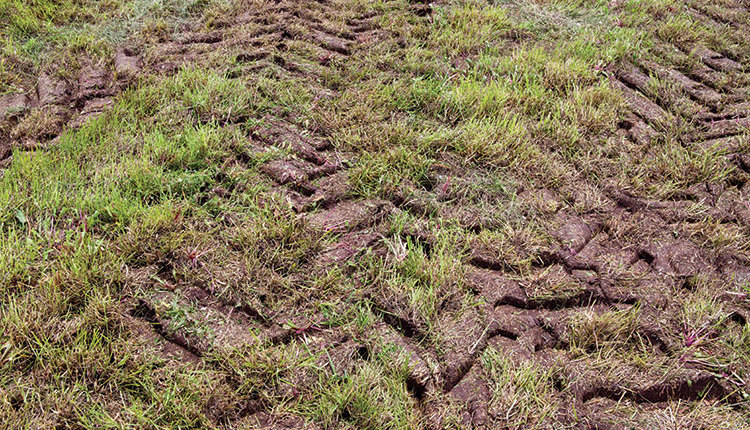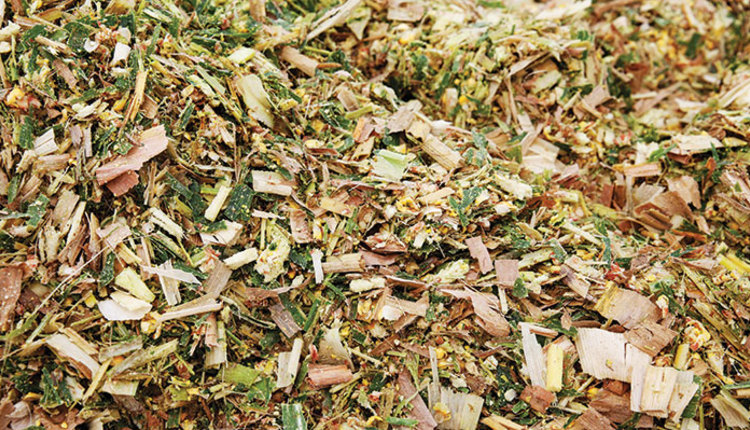Wiersma is the alfalfa business manager with Corteva Agriscience. Thomas is retired from the William H. Miner Agricultural Research Institute and president of Oak Point Agronomics Ltd.
One of the challenges of growing alfalfa is the potential for winter injury and stand thinning or loss. When this occurs, growers face difficult choices about how to meet the forage needs of their herd for the upcoming year.
Often, an annual crop is considered for meeting more immediate forage needs. Growers may plant a small grain like oats, or an annual cool-season grass like Italian ryegrass, to address short-term inventory deficiencies.
For mid- to late summer forage production, growers turn to early-maturity corn or one of the sorghum or sudangrass species. This article will focus on the forage sorghum and sudangrass options for Northern regions of the U.S.
A better understanding
The first task is to understand differences among the types of these summer annual grasses. Let’s start with sudangrass, which is a fine-stemmed, drought tolerant, warm weather plant that typically grows 4 to 6 feet tall. It develops fibrous roots, but no rhizomes. Each plant can produce many tillers and will regrow rapidly after cutting, allowing for two to three cuttings for the season. When cutting sudangrass, leave an 8-inch stubble to allow regrowth of tillers and stems.
Harvest may occur as quickly as 45 days after seeding. Sudangrass is suited to harvesting as silage, hay, or greenchop. The finer stems allow for a fast dry down.
Forage sorghum is used primarily for silage and is drought resistant, growing best during the warm days of mid- to late summer. While best adapted to the southwestern U.S., some growers use it as a supplemental or emergency forage crop in the North. Stems and leaves of forage sorghum plants grow 8 to 12 feet tall and are large in diameter, like corn.
Typically, forage sorghum is a one-cut crop, best harvested when in the mid-dough stage of maturity. For proper ensiling in Northern areas, late-maturity or nonheading hybrids may require a killing frost to drive down moisture content.
As you might expect, sorghum-sudangrass hybrids are intermediate in growth characteristics, quality, forage yield potential, and use. Harvesting sorghum-sudangrass for silage, hay, or greenchop are all possible, but the thick stems make it difficult to dry for a hay crop.
Compared to corn silage
The forage produced by the sorghum and sudangrass species typically is nutritionally lower in quality than corn silage. It may contain more crude protein than corn silage, depending on when it is cut. Fiber content as measured by NDF (neutral detergent fiber) is higher and fiber digestibility tracked by NDFD (neutral detergent fiber digestibility) is lower for forage sorghum, sudangrass, or sorghum-sudangrass as compared to corn silage. Sudangrass cut at an early vegetative stage will have higher levels of energy.
Sorghum-sudangrass hybrids with the brown midrib (BMR) gene will produce forage with higher fiber digestibility, making it more like corn silage. Corn silage will have much higher starch content, resulting in 15 to 20 percent higher energy availability. Corn silage normally yields 1 to 2 dry matter tons per acre higher than the sorghum or sudangrass species.
Planting sudangrass and forage sorghums can be done from mid-May through early July, depending on how far north you live. These species do not like cold soils, so planting earlier than mid-May will not be of benefit. This planting window gives growers multiple options within a crop rotation and an ability to respond to poor first-crop alfalfa forage production or low forage inventories. In low-inventory situations, a mid-May planted sorghum crop would be ready to harvest by early July.
Alternatively, a grower may choose to keep fields with a poor alfalfa stand through first cut to capture a small amount of late May or early June forage. Then they could plow down the alfalfa field and plant a sorghum or sudangrass species for high forage yield in late summer.
When planting
Manage sudangrass and forage sorghums like a corn crop by planting on well-drained soils and using high nitrogen fertilizer rates or manure to ensure high yields. Seed forage sorghum at 12 to 15 pounds per acre in 15- to 30-inch row spacing. Seeding rates of sudangrass and sorghum-sudangrass hybrids are 20 to 30 pounds per acre and are typically planted with a grain drill. Some growers plant as high as 40 to 50 pounds per acre to reduce stem diameter for higher forage quality. Plant all sorghum species at a depth of three-fourths to 1 1/4 inches deep on clay or silt loam soils and up to 2 inches deep on sandy soils.
One concern with sorghum and sudangrass species is a chemical compound called dhurrin, which can break down and release prussic acid with the potential to poison animals, even leading to death. Dhurrin is higher in forage sorghum versus sudangrass, and there are some varietal differences for this compound as well.
Typically, dhurrin is highest in young, shorter plants (20 to 24 inches) or tillers making it especially dangerous when grazed or greenchopped. High levels of nitrogen or manure can raise the risk for prussic acid production or may impact the level of nitrates in the forage. Ensiling or drying for hay will dramatically reduce the amount of prussic acid in the forage, making it safer to feed, especially when additional grain is fed in the diet.
Make your best choice
Using sorghum or sudangrass crops as alternative or emergency forages is possible in the Northern regions of the U.S. If growers are facing a forage inventory shortage, these crops give an alternative to alfalfa or other grasses.
When making rotation decisions after an alfalfa winterkill event, the most profitable decision is normally to make an early choice to rotate and then to plant corn for silage. Using a forage sorghum or sudangrass can help moderate some of the forage challenges after an alfalfa winterkill event.











